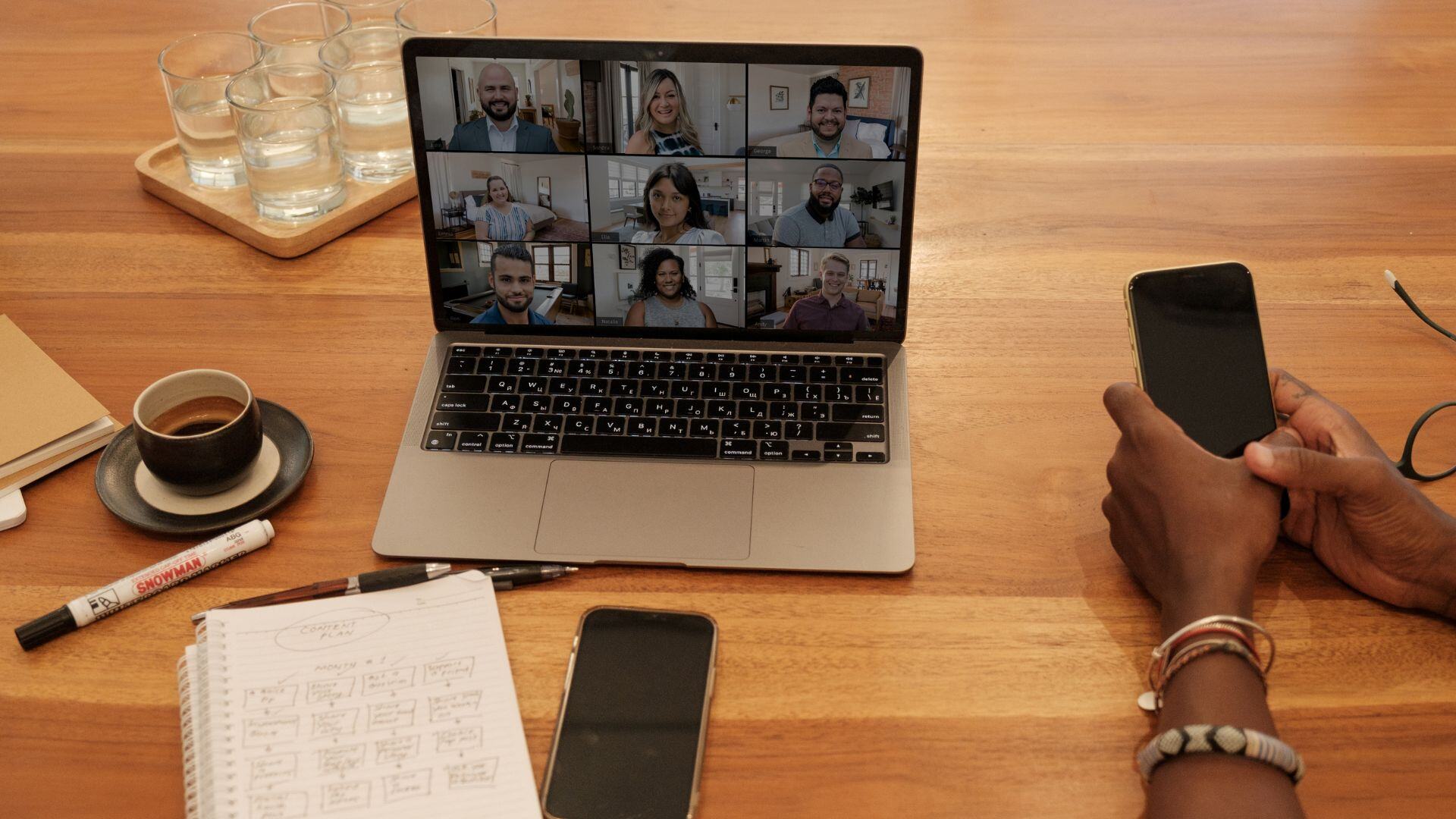One of the biggest misconceptions in the sales industry is that closing the deal is the end of the initial sales process. It is an important step, but it is not a one-time event.
Good salespeople know how to close a deal, but they stop selling after implementing their solution. However, great salespeople not only know how to close the deal, but they continue to add value to their clients, build repeat business, and create referrals.
If your sales team is not following best practices for continuing to sell after the initial close, then consider this valuable lead qualification checklist to take when closing a deal.
10 Do’s of Closing the Deal
1. Know that your solution will solve a real problem and add value
Confidence as a salesperson comes from understanding how your solution will address the prospect’s real need or help capitalize on an opportunity.
But, without understanding whether your solution will actually address the prospect’s need, you will not be able to close as many opportunities as you need to. You must first understand whether your solution adds value to the prospect company.
2. Align with existing projects or investments
As part of understanding whether your solution will address the prospect’s need, you need to discover whether the company is in a position to implement your solution.
The shortest path to closing the deal is identifying an existing initiative that already has key elements of funding, time frame, and a deadline, and align with that project. In other words, your solution will help the company achieve a goal that is already a priority within the organization.
3. Determine the compelling event
One of the biggest mistakes that salespeople make is not understanding the internal event that drives the need for your solution.
Here’s a situation: The prospect must complete a certain project by a specific date. You either help create a compelling event or align with an existing event to sell your solution.
The key is both sides need to agree to a specific time frame centered on the event. Otherwise, the prospect will put off deciding on whether to purchase your solution, deals will linger, and you will likely lose the opportunity.
4. Sell at the right level
One of the keys to being a great salesperson is determining which person in the organization you need to sell to. Too many deals are lost because salespeople do not identify the influencers, decision-makers, and users involved in the process.
It’s rare to sell too high in the organization because you usually will not get that level of access during your initial contact. Conversely, your first contact within an organization will often be lower than the actual decision-maker. If you try to sell too low to an individual who does not have decision-making power, you could waste your time and lose the sale.
This is why the discovery stage is vital to solution selling. Discovery will ensure that you understand the organizational layers and who should be looped into conversations beyond your initial contact. You will become much more efficient talking to the right people in the organization instead of wasting time selling too low or too high. (Yes, you can sell too high!)
5. Understand how decisions are made
Another key element of discovery is asking the right questions to understand how decisions are made within the organization. If you do not understand how decisions are made, how do you expect to close a sale? You should be asking the prospect these important questions:
- How will you make a decision?
- Who will be involved in this decision?
- What does the decision-making process look like?
- How will you come to a conclusion of whether our solution is the right decision for your organization?
6. Make every deadline
Throughout discussing your solution with the prospect, you should set the expectation that deadlines will always be met.
When you make a commitment, you need to follow through. This might sound like common sense, but too many salespeople lose sight of the importance of being prompt with the next steps and meeting the agreed-upon deadlines during the prospecting process.
If you say you will deliver a proposal three days after a sales meeting, you should deliver it within the time frame. If you are consistently late, it sends the message that this is not a priority. Your company might be unreliable when the solution is implemented, hurting your chances of converting the prospect to a customer.
7. Restate the value of your solution
It is important to remind the prospect of the value of your solution throughout the process. You should be reminding decision-makers and influencers why they need your solution, what problem you are solving, and the financial impact it will have on their company.
There should not be any surprises when you are preparing to close the deal. The previous steps gave the prospect time to express concerns and ask questions about your solution. Now it’s time to close. If the salesperson reinforced the value of the solution throughout the sales process, the prospect should not back out.
8. Assume the sale
A professional baseball player does not walk up to the plate expecting to strikeout. Similarly, you should always assume that the prospect will make the purchase when they need your solution. And, closing the deal is a mere formality if a salesperson has done their job correctly.
Salespeople need to see closing as just one step in the process. It is not an event to conclude conversations with the prospect, as conversations will continue well after closing the deal. So, assume the contract will be signed, leading to the next important step.
9. Make it easy for the customer to execute the transaction
Place the burden on yourself, not the prospect, to sign the contract for the deal. You can use eSign or other digital signing software to send the contract to the prospect for their signature. Or, you could schedule a time to hand deliver the contract for in-person signatures.
One mistake that salespeople make is creating documents that require 3-4 steps to return the contract. Asking the client to print out the contract, sign it, scan it into their computer, and email it back to you is placing the burden on the client. It might sound simple, but it will lead to the contract being held up in the client’s inbox because of the unnecessary steps required to complete the process.
10. Know you are never done selling
If you followed the previous steps and understood that closing a deal is part of a process, it should be easy to remember that you are never done closing.
The sales process continues after the initial sale:
- Implement the solution
- Retain the client with follow-up conversations
- Add more to the customer’s existing purchase(s)
- Get referrals for more clients
This is how you deliver on promises, set expectations, convey the value of your solution, prepare to close the deal, execute the deal, get signatures, and prepare to follow up when there are more opportunities to add value. Lead qualification companies can help guide you down this road.
To learn more about our process of creating sales meeting programs that deliver real value to our clients, schedule a short 30-minute call with us. You can contact me directly to have a conversation about how we can help you close more deals with qualified prospects. Feel free to check out our Lead Qualification page to learn more as well, to learn how a Lead Qualification Agency can help.







